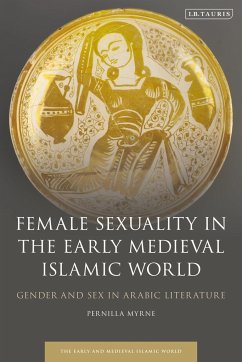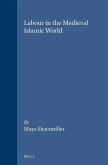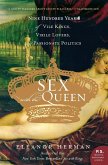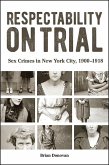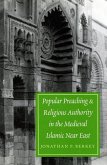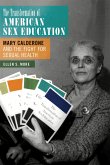In the early Islamic world, Arabic erotic compendia and sex manuals were a popular literary genre. Although primarily written by male authors, the erotic publications from this era often emphasised the sexual needs of women and the importance of female romantic fulfilment. Pernilla Myrne here explores this phenomenon, examining a range of Arabic literature to shed fresh light onto the complexities of female sexuality under the Abbasids and the Buyids. Based on an impressive array of neglected medical, religious-legal, literary and entertainment sources, Myrne elucidates the tension between depictions of women's strong sexual agency and their subordinated social role in various contexts. In the process she uncovers a great diversity of approaches from the 9th to the 11th century, including the sexual handbook the Encyclopedia of Pleasure (Jawami' al-ladhdha), which portrayed the diversity of female desires, asserting the importance of mutual satisfaction through lively poems and stories. This is the first in-depth, comprehensive analysis of female sexuality in the early Islamic world and is essential reading for all scholars of Middle Eastern history and Arabic literature.
Hinweis: Dieser Artikel kann nur an eine deutsche Lieferadresse ausgeliefert werden.
Hinweis: Dieser Artikel kann nur an eine deutsche Lieferadresse ausgeliefert werden.

